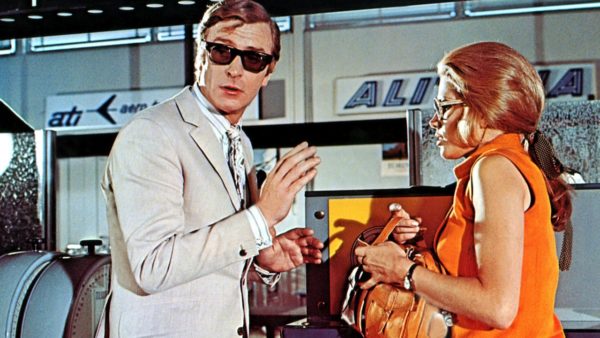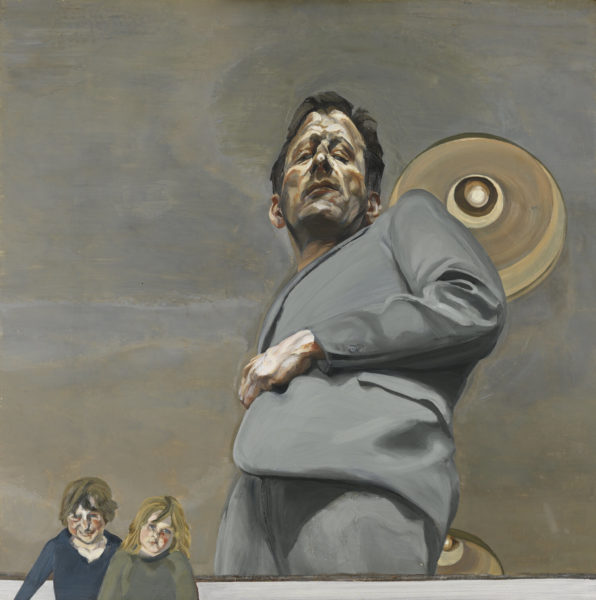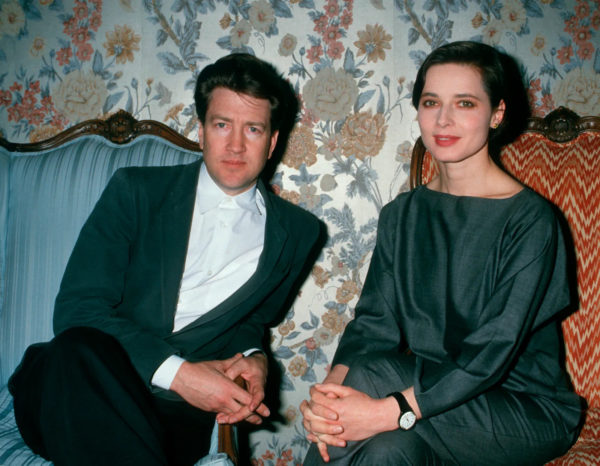cashmere • natural fibre of animal origin, derived from the long winter undercoat of cashmere goats, sheared or brushed off the chest during their spring moult. Its name comes from the region of Kashmir, where this fibre was originally processed. Its production and manufacture are limited to the geographical area of origin of the goats, a territory that extends from the north of Indo-Pakistani Kashmir to the north of Mongolia.
Discovery of cashmere in Europe and emergence of the first factories in France
Europe discovered this material at the end of the 18th century, during the Egyptian Campaign led by Napoleon Bonaparte. Empress Josephine launched the fashion for cashmere shawls that were brought back from the East. European production of cashmere fabrics began in the early 19th century, led by Jean-Baptiste Decrétot (Manufacture de Louviers) and the Baron Guillaume Louis Ternaux (Châles de Ternaux). The patterns of these shawls became known as the “cashmere” pattern, which was later extended to ties and handkerchiefs. In 1830, the cashmere industry developed in Scotland, based on French looms.
Loro Piana : baby cashmere invention
In 1970, Pier Luigi Loro Piana travelled to Mongolia, China and New Zealand in search of new, rarer and more luxurious fabrics. In Mongolia, he discovered cashmere from the first shearing of hircus goats, softer and thiner. The fabric was marketed under the name of “baby cashmere” and became one of the Italian weaver’s most precious materials. It took 10 years to convince the local shepherds to keep these 30 to 40 grams of cashmere given by a single kid at its first shearing. Loro Piana launched its ready-to-wear line in the mid-1970s and met with great success thanks to its unstructured baby cashmere jackets.
Until the early 2000s, Scottish houses such as Ballantyne, Peter Scott, McGeorge were known for producing the finest cashmere jumpers on the market and supplied Parisian shops such as Arnys or Old England. Cashmere is used to make ties, knitted or sewn – however its main use remains for the making of overcoats. It replaces the camel hairundercoat of the "bactrian" camel coming from the deserts of More used for polo coats, giving the coat more fluidity and shine.
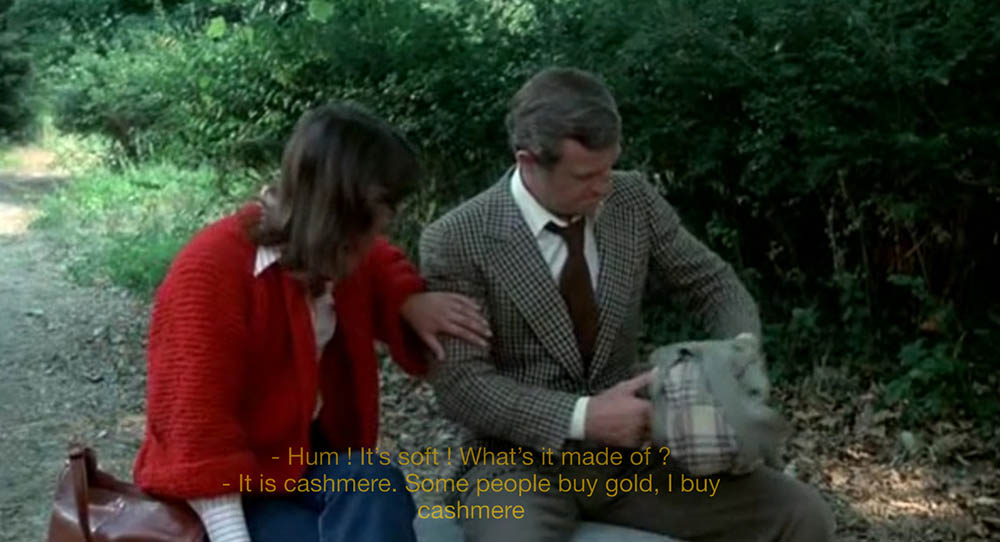
BELMONDO, Jean-Paul, act. VERINE, Nadine, act. VERNEUIL, Henri, dir. Body of My Enemy. 1976. 115 min.

Playboy, november 1975.
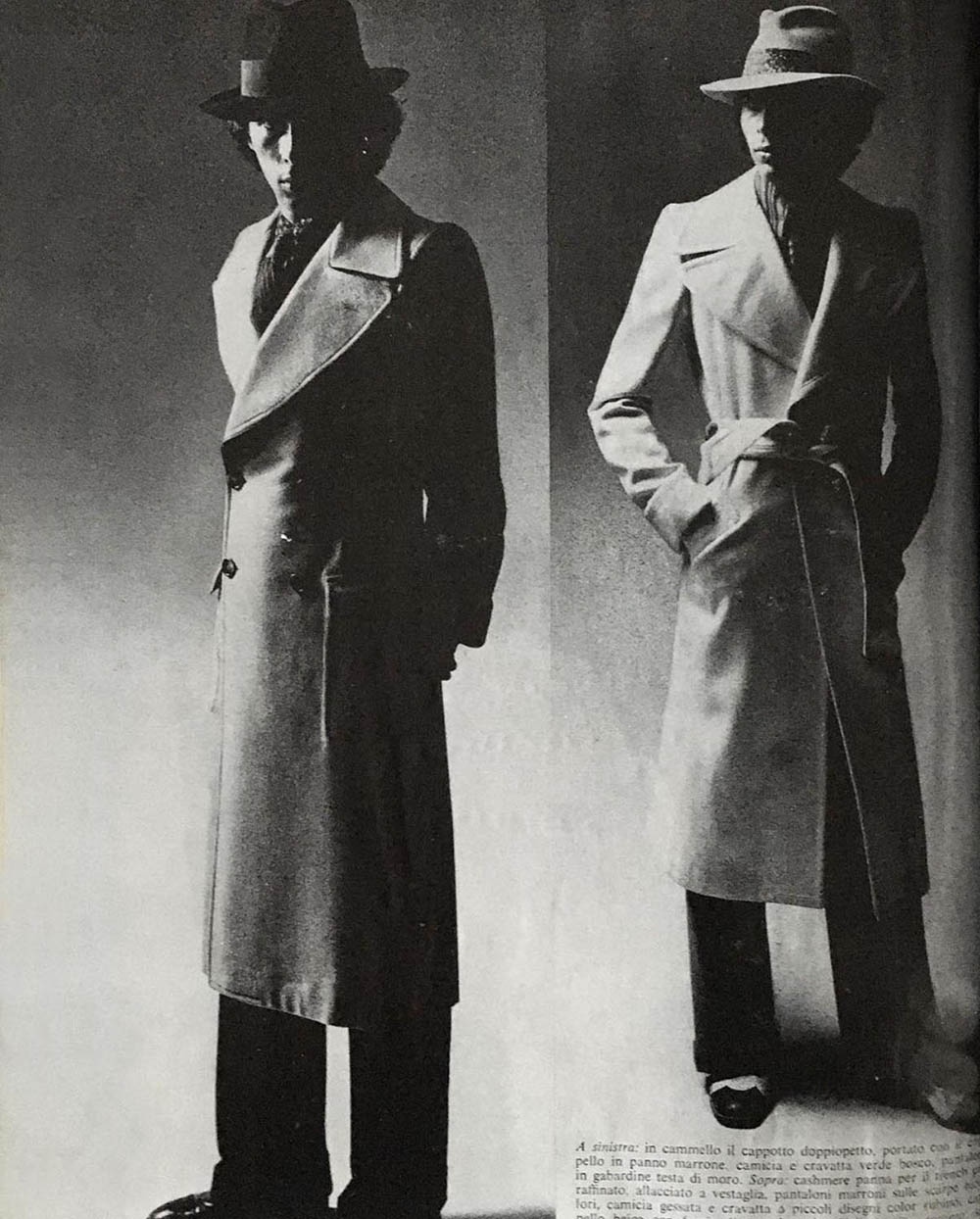
Uomo Vogue, december 1972.
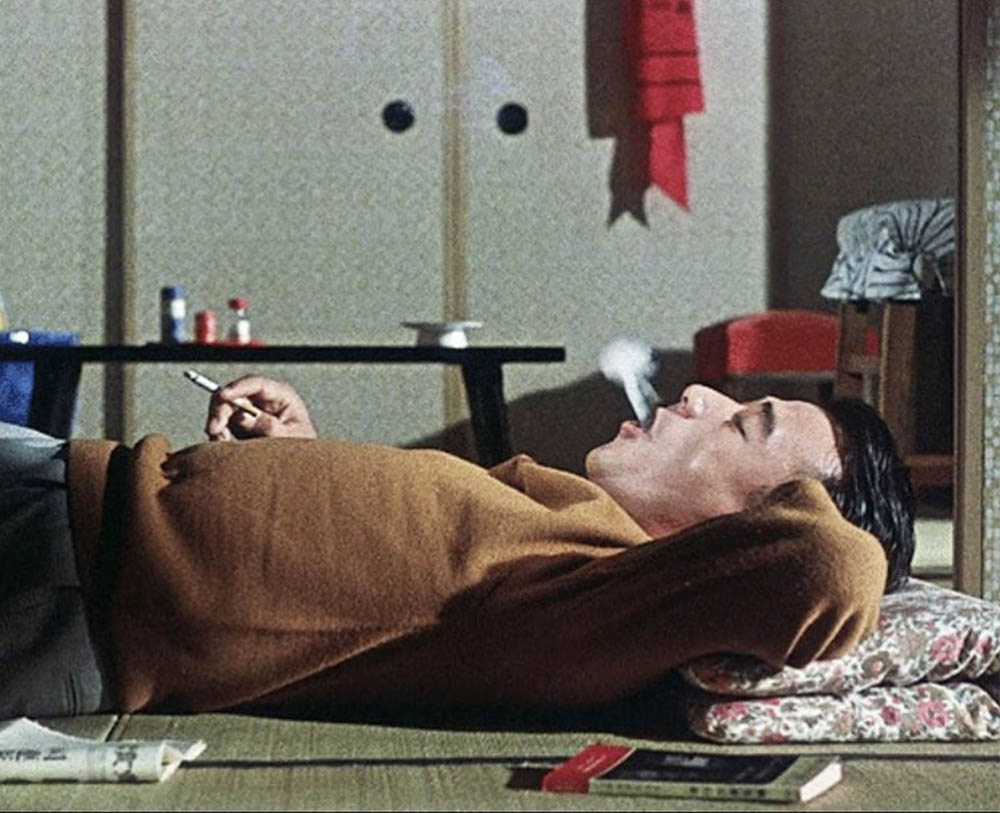
SADA, Keiji, act. OZU, Yasujirō, dir. An Autumn Afternoon. 1962. 113 min.

VENTURA, Lino. set of Antenne 2, Paris, France. 1979.
- COTTON« Soft, but with weight. Relaxed, but never shapeless. It carries memory in its creases. »
- LUCIAN FREUD« from borrowed suits to bespoke tailoring, Freud’s fashion choices evolved with his art »
- DAVID LYNCH« The oddest of Americans, the most American of oddballs, Lynch was a man with a uniform. »
- THE FLARED TROUSER
